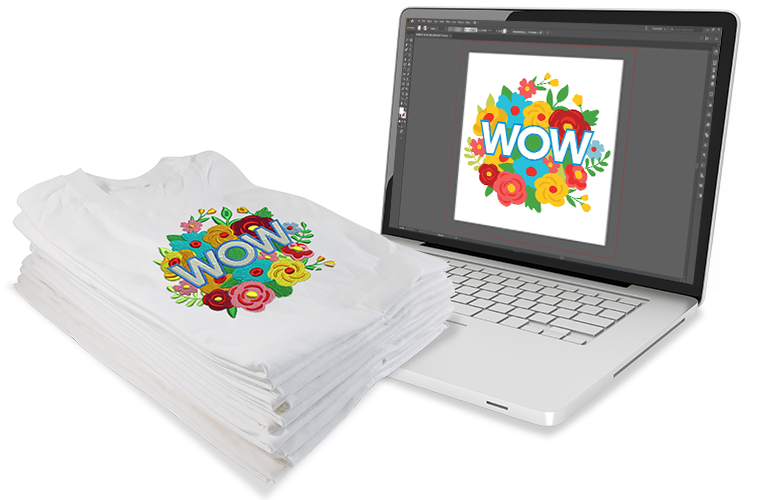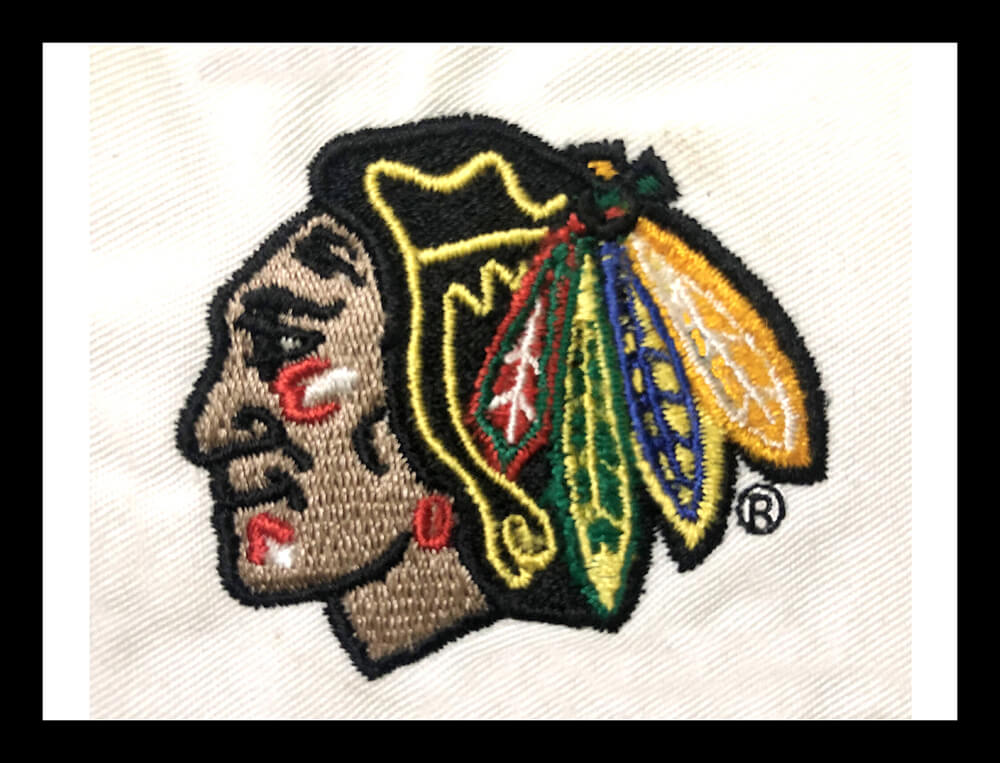Affordable Digitizing for Embroidery: Precision and Detail
Affordable Digitizing for Embroidery: Precision and Detail
Blog Article
Understanding the Embroidery Digitizing Process: Your Ultimate Overview
Embroidery digitizing is a precise craft that calls for precision and know-how to translate complex layouts into digital layouts for machine embroidery. As craftsmens start this journey to grasp the needlework digitizing process, a detailed understanding of the essentials sets the foundation for quality. Nonetheless, beyond the simple expertise exists a realm of sophisticated software application, specialized devices, and nuanced strategies waiting to be explored. By diving right into the subtleties of digitizing, one can unlock a world of innovative opportunities and boost their needlework tasks to brand-new heights.

Understanding Embroidery Digitizing Fundamentals
Embroidery digitizing basics form the foundation upon which intricate designs are translated into machine-readable formats for precise sewing. This first action in the needlework digitizing procedure is vital for making certain that the last stitched item is a devoted representation of the original design. Recognizing needlework digitizing essentials entails realizing crucial ideas such as stitch types, stitch direction, thickness, rug, and pull payment.
Stitch kinds play an essential duty in figuring out the aesthetic and textural result of the embroidered style. By choosing the suitable stitch type, whether it be satin, fill, or running stitch, digitizers can achieve the desired effect and enhance the overall top quality of the embroidery. In addition, sew instructions affects the flow and dimension of the design, while density figures out the spacing and protection of the stitches.
Moreover, rug sewing supplies security to the layout by safeguarding the textile and preventing distortion throughout the embroidery process. Pull payment is one more essential factor to consider to counteract the natural propensity of material to agreement when stitched. Understanding these needlework digitizing essentials is essential for producing professional-quality stitched products.
Choosing the Right Digitizing Software Program
Selecting the proper digitizing software program is an important choice that substantially impacts the performance and quality of the embroidery digitizing procedure. Digitizing for Embroidery. When choosing the appropriate digitizing software application, it is vital to consider variables such as the complexity of styles you prepare to develop, the user-friendliness of the software application, the degree of client support used, and the compatibility with your needlework device
There are various digitizing software program options offered on the market, varying from fundamental programs for novices to innovative software program for specialist digitizers. Some preferred selections consist of Wilcom EmbroideryStudio, Hatch Needlework Software Application, and PulseID. These software application bundles provide a large range of devices and functions to assist you produce elaborate designs easily.
Before deciding, it is suggested to discover the various software application choices through free tests or trials to figure out which one finest fits your needs. Additionally, reviewing testimonials and seeking suggestions from experienced digitizers can provide valuable understandings right into the staminas and weaknesses of each software program plan (Digitizing for Embroidery). By very carefully examining your demands and comparing the features of various digitizing software program, you can make an educated option that enhances your needlework digitizing workflow
Digitizing Devices and Methods

Optimizing Layout Setup for Embroidery
Grasping the ins and outs of design settings is essential in accomplishing optimum cause the needlework digitizing process, building upon the foundation laid by recognizing digitizing devices and techniques. When optimizing design settings for needlework, it is important to think about aspects such as stitch type, thickness, underlay, pull compensation, and enrollment. Sew type selection affects the general look and feeling of the style, with alternatives like satin, fill, and running stitches offering different textures and impacts. Thickness refers to the spacing and thickness of stitches, affecting the design's coverage and resilience. Appropriate rug Visit This Link sewing provides security and stops material distortion, especially for intricate styles or on stretchy products. Pull settlement changes for fabric stretch throughout stitching, guaranteeing exact style replication. Enrollment settings align various elements of the layout properly, preserving total style honesty. By fine-tuning these style settings, embroiderers can boost the high quality and precision of their stitched creations.

Troubleshooting Common Digitizing Issues
When experiencing usual digitizing problems throughout the embroidery procedure, it is vital to recognize the source and implement efficient solutions immediately. One common issue is stitch thickness problems, where stitches might be too thick, causing the material to tighten, or as well thin, leading to spaces in the layout. Changing the stitch thickness setups in the digitizing software application can assist solve this issue.
One more constant challenge is string breaks throughout the needlework procedure. This can take place as a result of different factors such as inaccurate stress settings, plain needles, or using low-quality string. Ensuring correct maintenance of the needlework machine, consisting of regular needle modifications and stress modifications, can decrease the incident of thread breaks.
In addition, design enrollment mistakes can cause misaligned elements within the embroidery layout. Inspecting the design alignment in the digitizing software and making needed changes prior to sewing can assist in avoiding this issue. By dealing with these usual digitizing problems without delay and effectively, you can guarantee a smoother embroidery procedure and top quality finished items.
Verdict
In verdict, grasping the embroidery digitizing procedure calls for a strong understanding of the basics, the best selection of software, and understanding of devices and strategies. Optimizing layout setups and troubleshooting typical digitizing concerns are critical actions in guaranteeing high-grade embroidery results. By following these steps vigilantly, one can attain accuracy and performance in the next page digitizing procedure.
Report this page